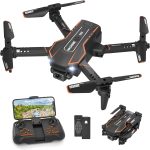In this article, we explore the significant role that UAVs, or Unmanned Aerial Vehicles, play in enhancing public safety and revolutionizing emergency response. From search and rescue missions to disaster management and surveillance operations, we delve into the ways in which UAVs are transforming the field of public safety. Join us as we uncover the potential and impact of UAV technology in safeguarding communities and saving lives.
I. The Rise of UAVs in Public Safety
1.1 Introduction to Public Safety UAVs
Public safety UAVs are unmanned aerial vehicles utilized by emergency responders, law enforcement agencies, and other public safety entities. Equipped with advanced technology and sensors, these UAVs help ensure efficient and effective emergency response operations, enhancing situational awareness and aiding in critical decision-making.
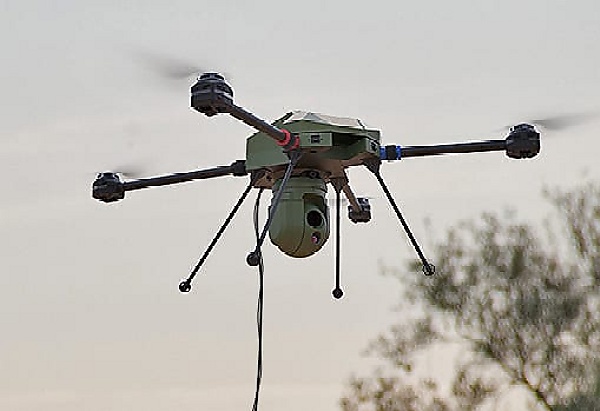
1.2 Benefits of UAVs in Public Safety
UAVs offer numerous benefits when employed in public safety operations. They provide real-time aerial views and data collection capabilities, allowing emergency responders to assess situations quickly and accurately. UAVs can access areas that are challenging for traditional manned aircraft or ground-based personnel to reach, enabling rapid deployment and effective response. Additionally, UAVs reduce the risk to human lives during emergency operations, as they can perform tasks in hazardous or dangerous environments, such as natural disasters or hazardous material incidents.
II. Search and Rescue Operations
2.1 Aerial Perspectives for Rapid Deployment
UAVs play a crucial role in search and rescue operations by providing aerial perspectives that aid in rapid deployment and resource allocation. Equipped with high-resolution imaging systems and thermal cameras, UAVs can quickly scan large areas, identify potential targets, and relay real-time information to ground-based rescue teams. This aerial vantage point enhances search efficiency, reduces search time, and increases the likelihood of locating missing individuals or stranded victims.
2.2 Nighttime and Challenging Environments
UAVs equipped with thermal imaging capabilities are particularly valuable during nighttime or challenging environments. Heat signatures detected by thermal cameras can help locate missing persons who might otherwise be difficult to find. In addition, UAVs can navigate through dense forests, rough terrains, or areas affected by natural disasters, aiding in surveillance, locating emergency exits, or assessing damage.
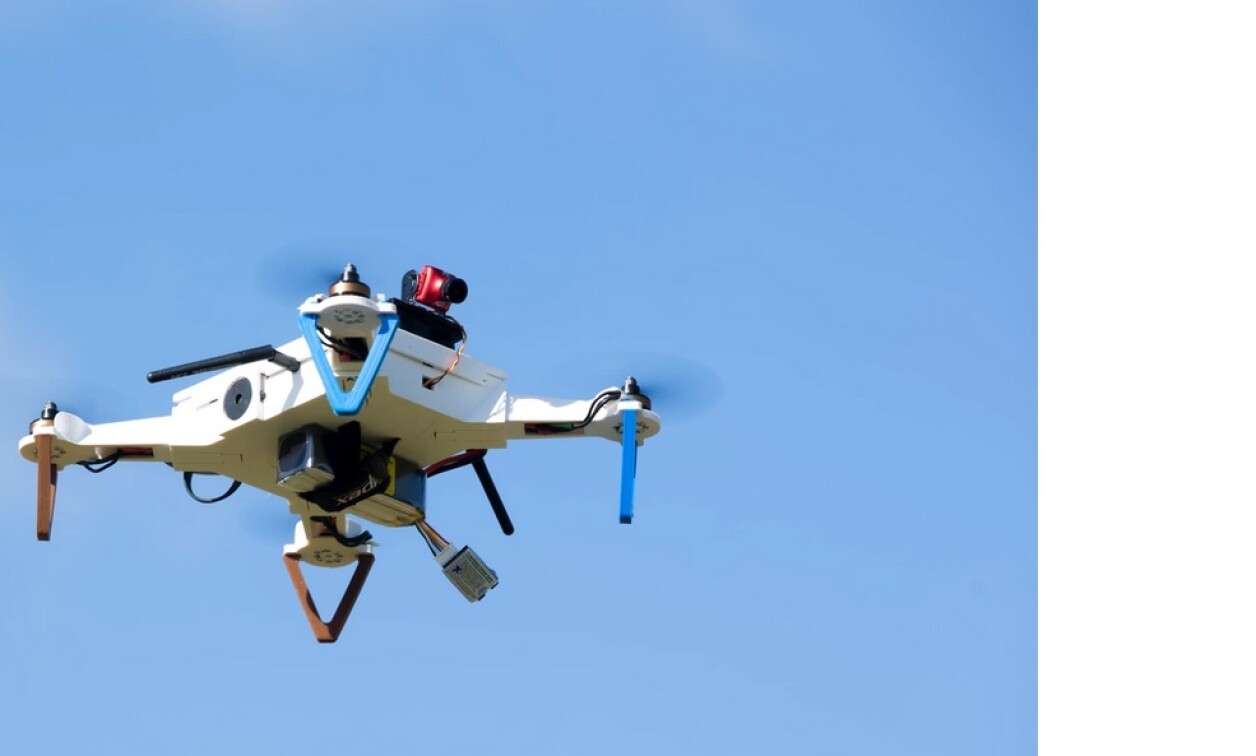
III. Disaster Management and Recovery
3.1 Assessing Damage and Identifying Hazards
UAVs have revolutionized disaster management and recovery efforts by providing real-time, high-resolution aerial imagery for accurate and rapid damage assessment. In the aftermath of natural disasters such as earthquakes, floods, or hurricanes, Military UAVs can capture detailed images and videos of affected areas, providing emergency responders with critical information to assess the extent of damage. This aerial perspective and precise imaging enable responders to identify potential hazards, prioritize rescue and relief efforts, and allocate resources effectively.
By quickly obtaining an overview of the affected areas, emergency responders can gain insights into the immediate needs of the community. They can assess infrastructure damage, identify collapsed buildings, damaged roads, or blocked access points, allowing them to plan and execute search and rescue missions more efficiently. Furthermore, UAVs equipped with thermal cameras can detect heat signatures and identify potential survivors or locate missing individuals in disaster zones, helping prioritize life-saving efforts.
3.2 Monitoring and Environmental Assessment
In addition to damage assessment, UAVs play a vital role in post-disaster monitoring and environmental assessment. Once the immediate rescue and relief operations are underway, UAVs continue to provide valuable data for long-term recovery planning and environmental assessment.
UAVs equipped with multispectral or hyperspectral sensors can analyze vegetation health, detect changes in plant density, identify areas of vegetation loss, and assess the impact on ecosystems. This information aids in understanding environmental risks and guiding reforestation efforts, promoting ecosystem rehabilitation and preserving biodiversity in the affected regions.
Moreover, UAVs assist in analyzing water quality and monitoring water bodies to identify contamination, pollution, or changes in water flow. By collecting data through aerial surveys, UAVs provide vital information to water management agencies, enabling them to take appropriate measures to safeguard public health and ensure access to clean water supplies.
UAVs are also effective tools for assessing soil erosion and identifying areas prone to landslides or soil instability. By collecting data on topography and soil composition. UAVs help in determining vulnerable areas and guiding land management and stabilization efforts. This data aids in creating strategies to mitigate future risks and supports long-term planning for sustainable development in disaster-prone regions.
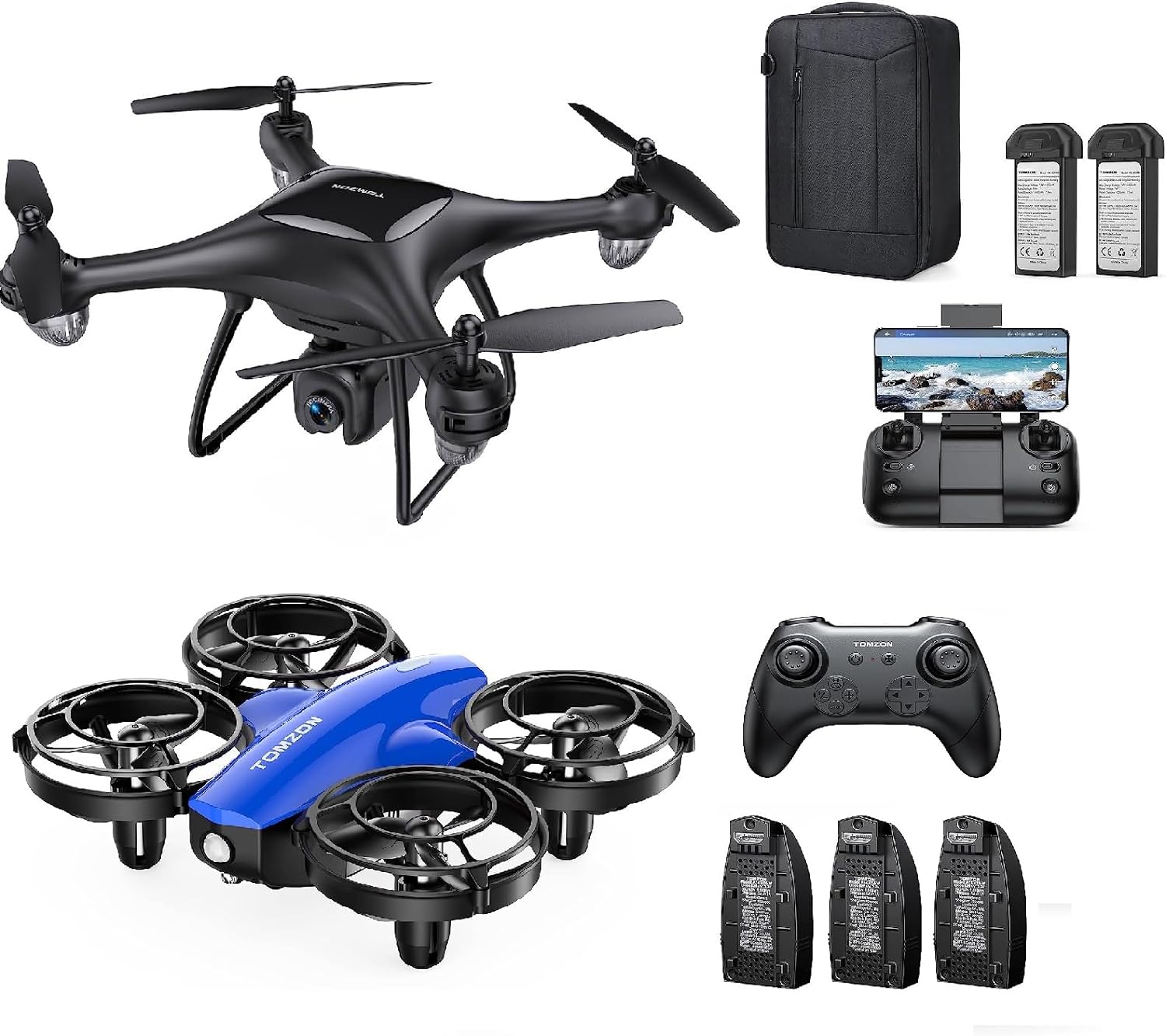
IV. Law Enforcement and Security Operations
4.1 Crime Scene Investigation and Forensic Analysis
Therefore, UAVs have become valuable tools for law enforcement agencies in crime scene investigation and forensic analysis. With high-resolution imaging capabilities. UAVs provide detailed aerial images and videos of crime scenes, enabling investigators to study the scene from different angles and preserve evidence. This aerial perspective assists in reconstructing and understanding the sequence of events, helping expedite investigations and ensuring accurate forensic analysis.
4.2 Crowd Monitoring and Event Security
During large-scale events or public gatherings, UAVs provide law enforcement with enhanced situational awareness and security capabilities. Equipped with real-time video feeds and advanced tracking technologies. UAVs can monitor crowds, detect potential security threats, and assist in managing crowd movements. This aerial surveillance helps law enforcement maintain public order and ensure the safety of attendees, providing a proactive approach to event security.
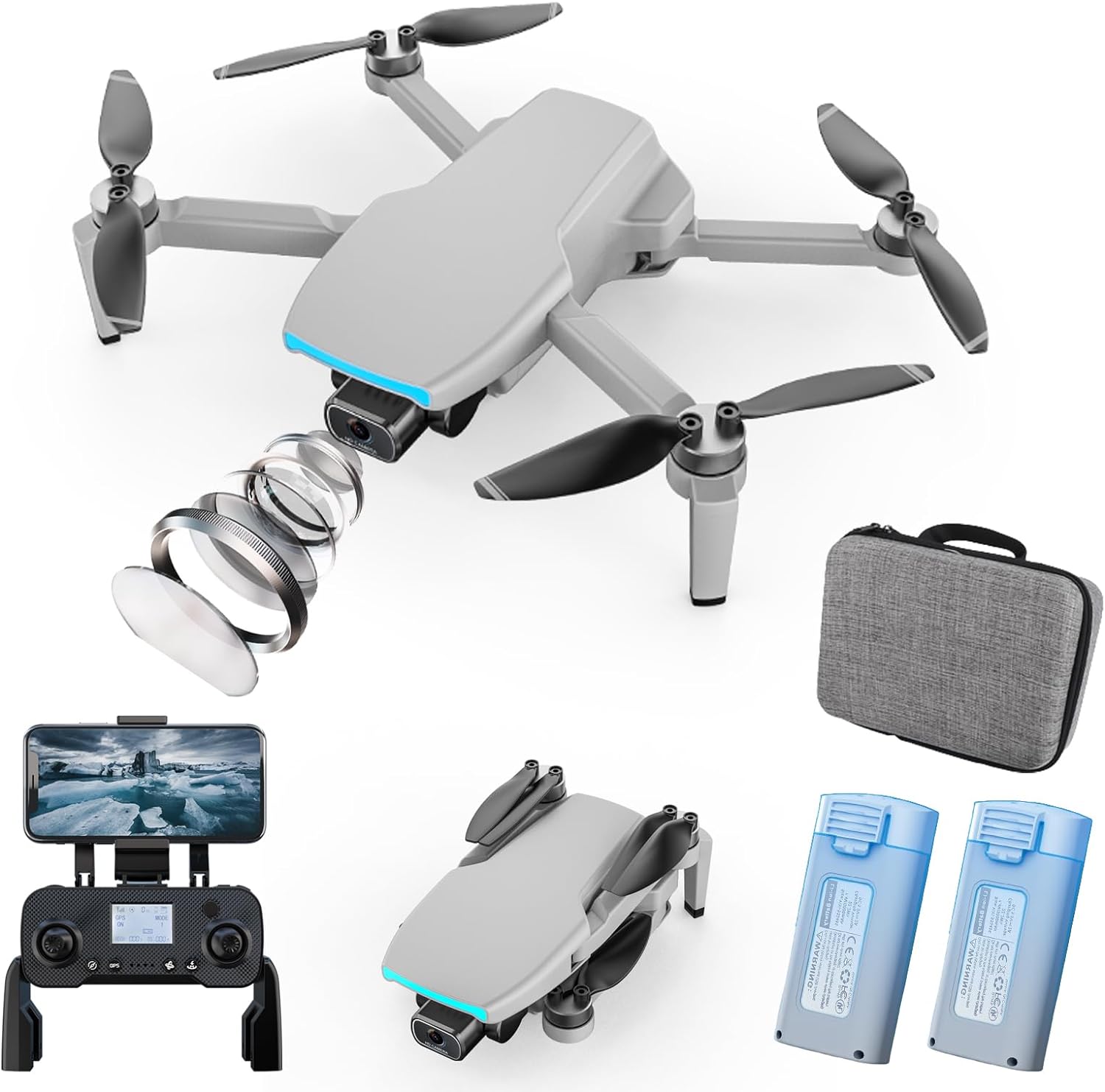
V. Successful Integration and Public Acceptance
5.1 Training and Collaboration
Moreover, Successful integration of UAVs in public safety operations requires proper training for operators and collaboration among different entities involved in emergency response. Operators must receive comprehensive training on UAV operations, flight regulations, emergency procedures, and privacy considerations. Collaborative efforts among emergency response agencies, law enforcement, firefighters, and other stakeholders promote effective communication, coordination. And knowledge sharing, resulting in seamless joint operations and optimized emergency response.
5.2 Public Education and Privacy Considerations
As UAVs become increasingly prevalent in public safety operations, public education and privacy considerations are essential. It is crucial to educate the public about the benefits, capabilities, and regulations surrounding public safety UAVs. Open dialogue between public safety agencies and community members builds trust and understanding, addressing concerns related to privacy, data security, and personal freedoms. By ensuring transparency, responsible operation, and adherence to privacy laws. Public acceptance of UAVs in emergency response will continue to grow.
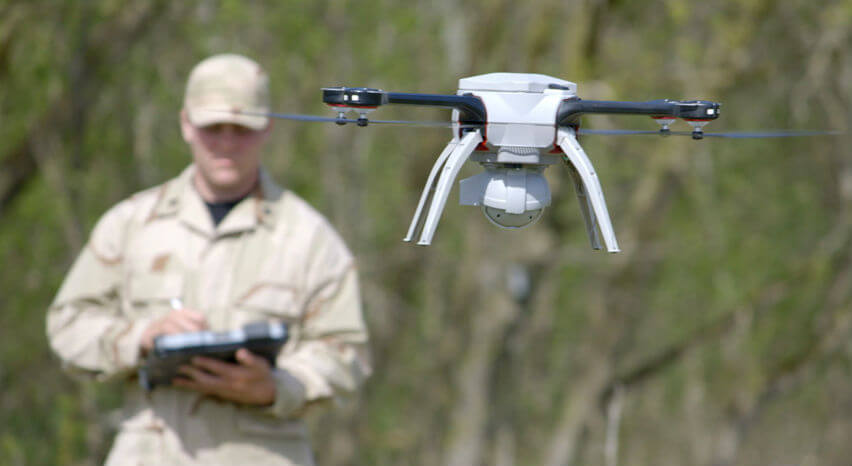
VI. The Future of Public Safety UAVs
6.1 Advancements in Technology and Integration
In conclusion, UAVs are revolutionizing public safety operations by providing unique aerial perspectives, real-time data, and enhanced situational awareness. Their use in search and rescue operations, disaster management, law enforcement. And security operations has proven invaluable in saving lives and safeguarding communities. Continued advancements in UAV technology, including longer flight times, improved sensors, and enhanced AI capabilities, will further augment their utility in public safety. With proper training, collaboration, public education, and privacy considerations in place. UAVs will continue to play a pivotal role in enhancing emergency response and shaping the future of public safety.
